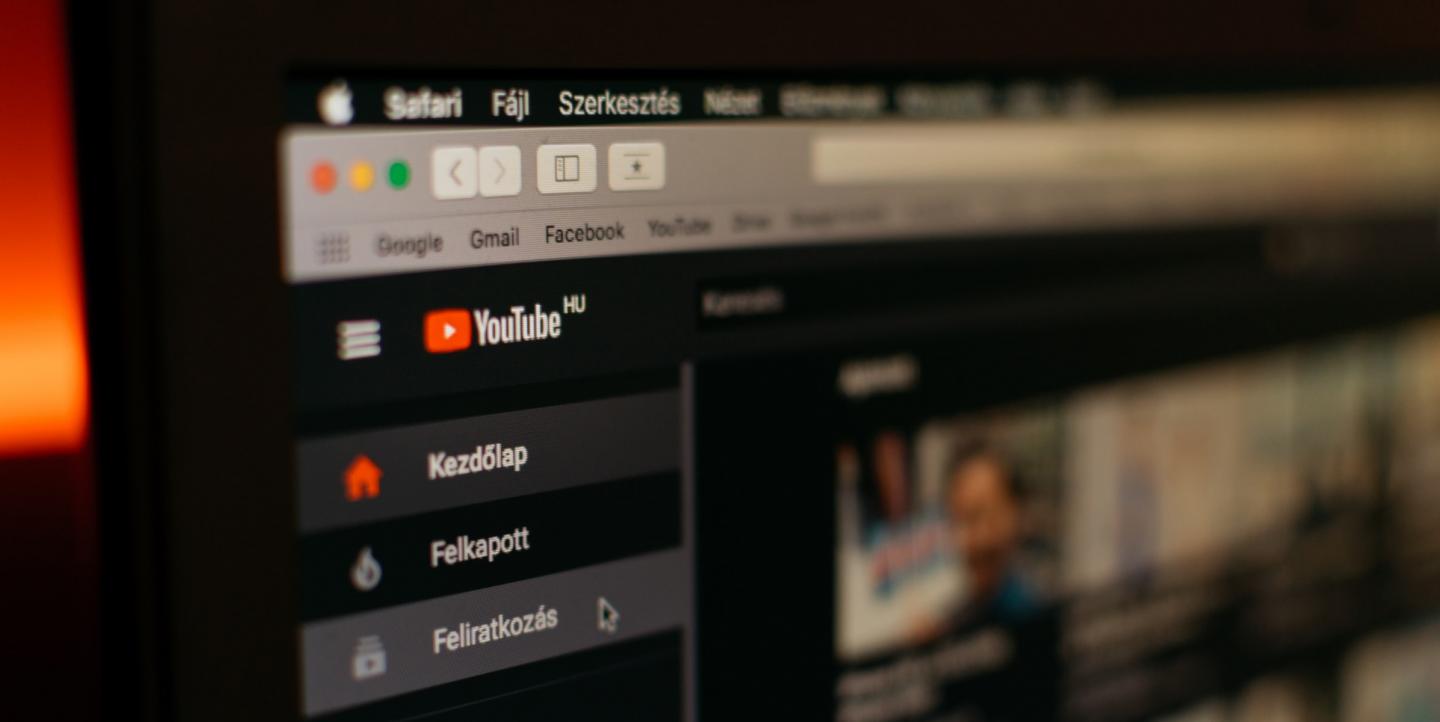YouTube’s Russian-language version has been around since 2007. Just like with the platform’s other language versions, it was first populated by user-generated content mostly full of cats, songs and jokes. Over the last three years, however, things began to change as well-known journalists began to join YouTube to reach new audiences. YouTube journalism is gradually evolving in terms of genres, styles and funding.
“Once, our crew went to the States and one of the Americans that we interviewed couldn't get over the fact that we were shooting for a YouTube show. They kept asking us, ‘What do you mean a journalist is shooting stories for YouTube? What do you mean you have almost a million subscribers? I don’t believe you,’” says Vyacheslav Varfolomeev, the digital producer of the Redaktsiya (Editorial Office) YouTube channel that was launched by journalist Alexey Pivovarov in March 2019.
Varfolomeev said they expected the project to be successful, but nobody could imagine that it would take off so fast. Just a year after the launch, Alexey Pivovarov proudly showcased YouTube’s Gold Button, which is presented to those with over a million subscribers, in his Twitter account. Today, other journalists such as Yuri Dud (vDud), Irina Shikhman (How about a talk?) and Xenia Sobchak boast Gold Buttons as well.
[Read more: 5 global news consumption trends in charts]
Why are so many Russian journalists joining YouTube? One reason is the lack of censorship and the freedom and opportunity to produce high-quality journalism that cannot be produced on regular TV. The principal rules that apply to the journalists on this platform are international, and are the same rules for all creators. In particular, the fact that monetizing videos depends on their content and the topic’s popularity.
Dud, the trailblazer of Russian YouTube journalism, told GQ magazine in an interview, “Television in Russia is dead for good.” He added, "[People] want to watch content that is freer and less stiff than on TV.”
Dud, former editor-in-chief and current deputy CEO of Sports.ru, was the first person to prove that there is sufficient demand for journalistic content among the Russian YouTube audience. People are ready to watch 90-minute conversations that Dud, a sports journalist, holds with a very diverse group of well-known people. Dud joined YouTube in 2017 to hone his interview skills, and has ended up being one of Russia’s most popular bloggers and interviewers.
Who watches it?
Professional YouTube content is eagerly sought after by users all over the world, and the videos are becoming longer, more diversified and higher in quality. According to data from Deloitte, YouTube is Russia’s most popular platform for video content consumption, and the journalists fit well into production of professional content.
Ilya Ovcharenko, who co-produces videos for the Parfenon channel with Leonid Parfenov, points out that in the West, audiences consume journalistic video content on paid services such as Hulu, Netflix and Amazon Prime.
“We don’t currently have a regular TV where such things can be done,” Ovcharenko tells IJNet. According to research done by Deloitte, only 11% of Russia’s residents pay for video content.
Demand for high-quality videos with relevant and important content is driven by the more mature audiences that come to YouTube. The platform’s audience is maturing, and they are beginning to take interest in more serious topics.
[Read more: Remote video interviews: All you need to know]
“We opened up a new niche, ‘mature YouTube,’ said Ovcharenko. “Other ‘mature’ projects began to appear after us. Prior to our appearance, luxury advertisers such as real estate, cars and whatnot had no YouTube channel where they could invest their money. Now they do.”
Approximately 27% of the audience for Ovcharenko’s channel audience is people ages 35-45, the most relevant age group for these advertisers.
What journalism formats work well for YouTube?
After Dud's sports show, the interview genre took over YouTube. Soon the platform saw the birth of similar projects with professional presenters, such as Irina Shikhman’s How about a talk?, Xenia Sobchak’s channel and Nikolai Solodnikov’s Notquitepozner. Solodnikov claimed two years ago that “YouTube vanquished TV at last.”
On TV, the journalist is a prisoner to the format and genre of the specific TV show that employs them. On YouTube, the journalist is free to choose the way the story is told, as long as the content is well-packaged for their chosen audience. Leonid Parfenov, for example, has two shows: one is a video blog and the other is Namedni documentary series. Irina Shikhman, Yuri Dud, and Alexey Pivovarov also make documentaries for YouTube.
According to Redaktsiya’s Varfolomeev, the project’s organizers ended up switching formats after launch. The program’s first episodes all had different protagonists and Pivovarov and the guest would move around, talking along the way. Later, however, Redaktsiya moved away from the personal interviews, and today each episode is dedicated to the specific topic or problem.
“We didn’t come up with anything radically new,” Varfolomeev said, “But we are churning out big stories on a regular basis.”
In addition to hourlong stories, Redaktsiya puts out a weekly news digest. YouTube has proved to be a good platform for publication of weekly wrap-ups. Xenia Sobchak and Esquire Magazine’s editor-in-chief Sergey Minaev also produce news digests for their channels.
With its diverse opportunities for content production and a sense of relative freedom, journalism-powered YouTube looks more and more like television itself.
“I believe that over the next three or four years, YouTube will gain all the same formats that 90s TV had, such as talk shows, miniseries and entertainment shows,” said Ovcharenko. “This will be ‘on demand’ television.”
Main image CC-licensed by Unsplash via Szabo Viktor.

